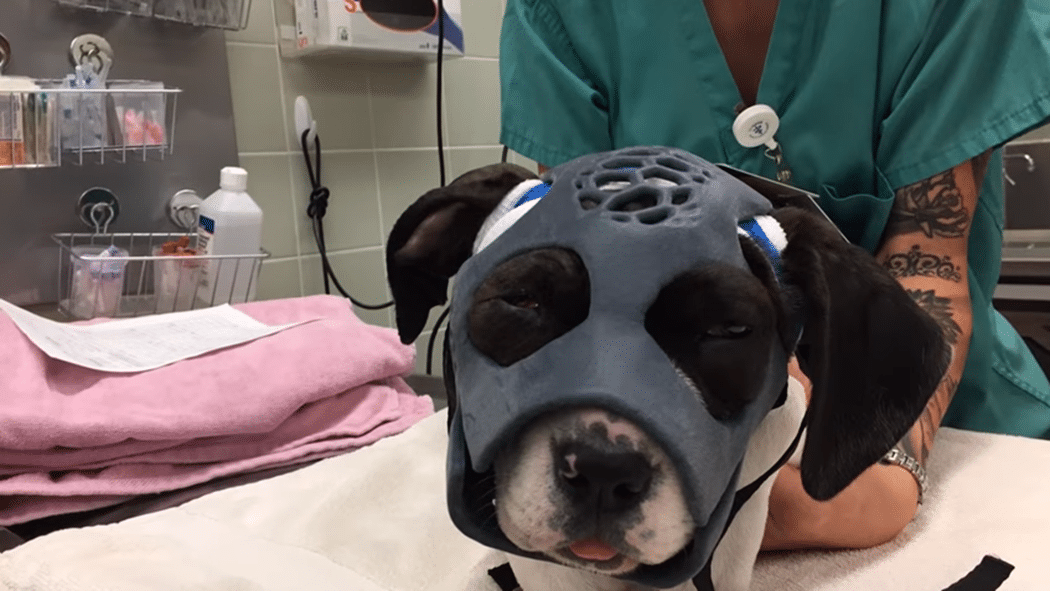Sophisticated wearables, 3D printing, artificial intelligence (AI), robotic surgery, extended and mixed-reality… Cutting-edge technological innovations are increasingly transforming veterinary practice.
A Rapidly Evolving Healthcare Space
With nearly half of European households boasting at least one pet—a percentage that jumps to two-thirds in the United States—global pet ownership is rapidly rising. As a result, the demand for high-quality veterinary services underpinned by the latest technology has never been higher.
Over the last decade, vets have become accustomed to using technologies such as ultrasound, MRI and laparoscopy, which were once solely meant for use in human healthcare. The result has been better care, outcomes and medication for pets. Now, an array of new and disruptive technologies are delivering and promising further benefits.
Jack Peploe, a veterinary IT expert and CEO of UK-based consultancy Veterinary IT Services, explained:
“The pet healthcare field is currently undergoing a significant transformation with a wide array of developing technologies now coming into play. This presents veterinarians with the daunting task of staying abreast of technological change. On the flip side, there are a wealth of opportunities for providing even better, more efficient veterinary healthcare that offers advantages to animals, owners and veterinarians.”
Sophisticated Wearables
Increasingly sophisticated wearables are revolutionizing the veterinary industry. Instead of relying on check-ups or observations from the pet owner or vet, they enable continuous monitoring, allowing for early detection of health issues, early interventions and improved outcomes across the board. Jack Peploe added:
“Many pet owners are relatively inexperienced due to the surge in pet adoption during the Covid-19 pandemic, which means wearables offer significant advantages.
Real-time health monitoring helps anxious owners gain a better understanding of their pet’s normal behaviour. Owners can detect issues early and present tangible evidence to veterinarians, facilitating more effective treatment.
The data provided by wearables gives a better understanding of variables such as activity and stress levels and overall well-being. This allows vets to optimise treatment plans and care strategies for each pet and fuels research and development efforts in veterinary medicine and technology.”
3D Printing
3D printing gives veterinarians the ability to create unique healthcare solutions for individual animals—for example, through the design and manufacture of prosthetics that precisely match the animal’s anatomy. These can be produced more cheaply and quickly than conventional prosthetics. Jack Peploe said:
“3D printed parts are fully customizable and often boast intricate structures which would otherwise be challenging or impossible to produce using traditional manufacturing methods.”

Artificial Intelligence
Artificial intelligence (AI) and machine learning are emerging technologies that have the potential to massively disrupt the way veterinary medicine is practiced. Jack Peploe commented:
“AI is one of the most groundbreaking innovative technologies within the veterinary space right now.
From diagnostic accuracy, automating the mundane, predictive analysis and treatment optimization, to marketing, client engagement, workflow efficiency and continuous education, AI can benefit veterinary practices and healthcare in multiple ways.
ChatGPT, for example, isn’t specifically tailored towards veterinary medicine, yet it boasts training and knowledge in many relevant areas, such as basic animal care, biology and general medicine. By harnessing the capabilities of AI technologies such as ChatGPT, veterinary professionals can optimize their workflows, improve client interactions and focus on delivering high-quality care to animals.”
Robotic Surgery
Once restricted to the realm of sci-fi movies and novels, technological developments are now bringing robots into the veterinary field. Robot-assisted surgeries involve the use of robotic systems controlled by skilled veterinarians to perform intricate surgical procedures.
These systems typically comprise robotic arms, specialized tools, high-definition cameras and sophisticated software that enable precise and minimally invasive surgeries, thereby enhancing the overall surgical process. Jack Peploe said:
“Such systems help to reduce trauma to surrounding tissues and minimize blood loss, which accelerate recovery times and result in shorter hospital stays for animals.
Robotic surgeries are well-suited to the delicate structures within an animal and hard-to-reach areas. They also benefit veterinarians by reducing the physical workload, and can help in the training of early career veterinary professionals.”

Extended / Mixed Reality
Extended reality (XR) or Mixed Reality (MR) technologies provide veterinarians with immersive visualization capabilities, allowing them to explore three-dimensional models of anatomical structures, medical images and surgical plans within a safe virtual environment. This can improve surgical planning and decision making, and enhance education. Jack Peploe added:
“XR and MR have the potential to provide substantial benefit to established veterinary professionals, as well as veterinary students.
From a training perspective, users can practice surgical procedures without putting the health or lives of animals at risk. Such technologies also allow vets to improve their interaction with clients by providing an enhanced understanding of an animal’s condition, the treatment options available and what will happen during planned surgical procedures.”











